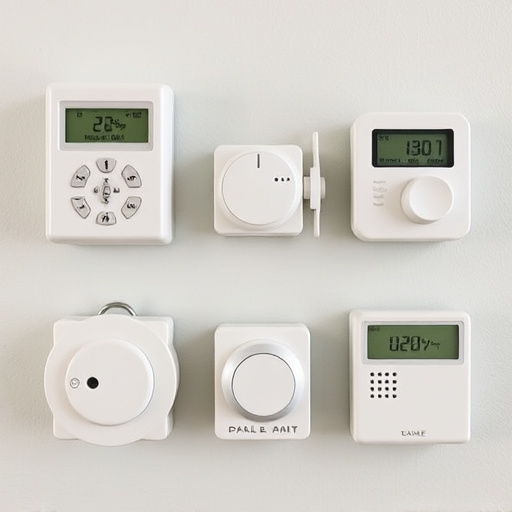Personal alarms designed for Maximum Decibel Personal Alarm Safety offer a powerful solution for personal protection in noisy environments or situations where shouting is difficult. With adjustable volumes, strobe lights, and GPS tracking, these portable devices ensure swift assistance. Ideal for solo travelers, they provide peace of mind through user-friendly features like easy activation, long-lasting batteries, and vibrant LED lights. Regular testing and clear communication about location are key to maximizing their effectiveness in emergencies.
Staying safe on the go has never been more crucial. Mobile safety alarms with distress signals offer a powerful personal security solution, especially in high-risk scenarios. This article delves into understanding and harnessing the power of maximum decibel personal alarms. We explore their features, benefits, and best practices for implementation, empowering individuals to protect themselves effectively. Discover how these innovative devices can transform personal alarm safety, ensuring peace of mind while navigating various environments.
- Understanding Maximum Decibel Personal Alarms
- Features and Benefits of Distress Signal Safety Alarms
- Implementation and Best Practices for Personal Safety Using Mobile Alarms
Understanding Maximum Decibel Personal Alarms
Personal alarms, often carried or worn by individuals for maximum decibel personal alarm safety, are designed to alert nearby people or first responders in case of distress. These compact devices emit loud, piercing sounds that can travel up to 100 meters or more under ideal conditions. The typical range and volume vary based on the type of alarm, with many modern models exceeding 120 decibels (dB), a level considered dangerous even for brief exposure. This high decibel output is crucial for ensuring the user’s safety in emergency situations, especially in noisy environments or when the person is unable to speak or shout loudly enough to be heard.
Choosing an alarm with adjustable volume settings and additional features like strobe lights can further enhance maximum decibel personal alarm safety. These customizable options cater to different needs, from individuals with hearing impairments who might rely on visual cues to those in high-risk situations who require a more powerful signal. Understanding the capabilities of these devices is essential for anyone looking to protect themselves or their loved ones through effective personal alarm systems.
Features and Benefits of Distress Signal Safety Alarms
Distress signal safety alarms are a game-changer in personal emergency response, offering a powerful tool for those in need. These advanced devices go beyond traditional personal alarm systems with their ability to emit high-decibel sounds, often up to 120 decibels or more, ensuring maximum attention and response from bystanders. The distress signal feature allows users to quickly alert others in an emergency, be it a personal harm incident or getting lost in a bustling metropolis.
These alarms are designed with user-friendly features such as easy activation mechanisms, long-lasting batteries, and even GPS tracking capabilities. Some models incorporate vibrant LED lights for better visibility during nighttime emergencies. The benefit of these safety alarms lies not only in their ability to attract attention but also in providing users with a sense of security and empowerment, especially when traveling solo or in unfamiliar environments.
Implementation and Best Practices for Personal Safety Using Mobile Alarms
Implementing a mobile safety alarm with distress signals is a powerful way to enhance personal security, especially in unforeseen circumstances. These alarms are designed to emit a loud sound, often up to maximum decibel levels, to attract attention and deter potential threats. Best practices for utilizing these devices involve keeping them easily accessible—within reach during outdoor activities or when traveling—and ensuring the alarm is clearly audible in diverse environments. Regular testing of the alarm’s functionality is crucial; users should familiarize themselves with the activation mechanism and practice using it until comfortable.
When faced with an emergency, promptly activating the distress signal can be life-saving. It’s recommended to utilize these alarms in scenarios like getting lost, encountering aggressive individuals, or experiencing a personal emergency. Additionally, sharing the alarm’s GPS location features with trusted contacts can facilitate swift response from concerned loved ones. Effective implementation of mobile safety alarms relies on user awareness, prompt action, and clear communication of distress signals to nearby individuals and emergency services.
Mobile safety alarms with distress signals are a powerful tool for personal security, offering a simple yet effective solution for individuals seeking maximum decibel personal alarm safety. By integrating these devices into daily routines, users can enhance their response time during emergencies and ensure swift assistance. The features and benefits outlined in this article highlight the significance of such alarms in modern personal safety practices. With proper implementation and adherence to best practices, individuals can confidently navigate their surroundings, knowing they have a reliable distress signal at their disposal.
